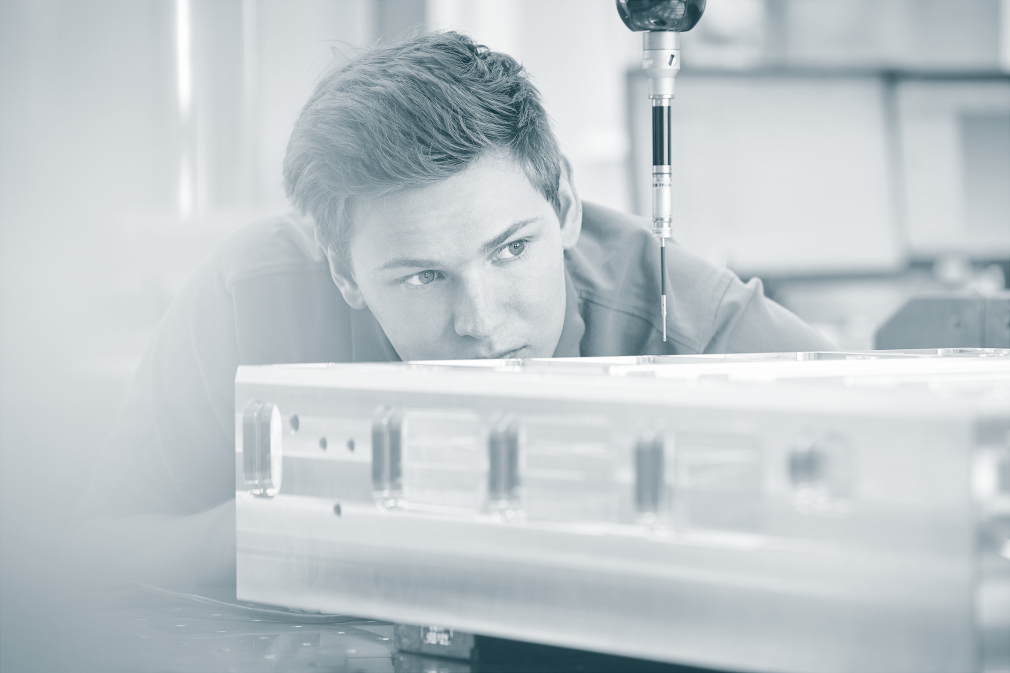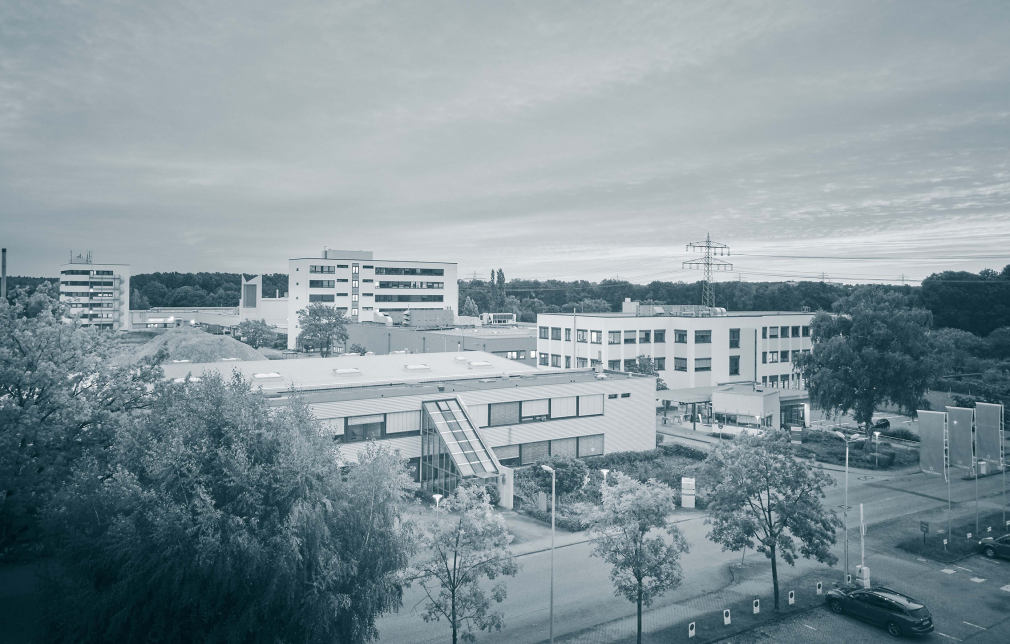Engineering at the Limits of What Is Technically Possible
Between Perfection and Realism
Engineers are known for always giving 120 percent to achieve the perfect solution. But in the end, this perfection is not always what is actually used. VINCORION Managing Director Dr. Stefan Stenzel and Christoph Krüger-Leineweber, Vice President Project Management and Engineering, talked about the special demands placed on engineers and modern working environments on the VDI podcast “Technik aufs Ohr” (“Technology in Your Ear”).
Unlike cars or household appliances, aircraft, submarines, and military land vehicles are not developed and produced for a mass market. Depending on the area of application, a variety of different fields of technology are required – and thus also a wide range of expertise in development. “This broad spectrum presents engineers at our company with challenges that they may have never faced before,” explains Dr. Stefan Stenzel. “They have to come up with solutions that frequently push the envelope of what’s currently technically feasible and blend knowledge from different disciplines together.” During the development of the next-generation rescue hoist, for example, tasks related to mechanical systems, electronics, and control technology converge in a compact, complex installation space. “In the end, it’s not always about that last 20 percent needed to achieve perfection, but rather coming up with a user-friendly and efficient solution,” Stenzel continues.

Interdisciplinary and Independent
In order to manage these conflicting priorities, there is no way around taking an interdisciplinary approach. From Procurement to Development and Product Management to Sales – the best way to create tailored solutions is in small teams with a high level of personal responsibility. “This requires an understanding of the systems. Which also means, of course, that we have to go the extra mile in one place or another,” explains Christoph Krüger-Leineweber. “That’s why we involve our employees from all areas in both the development process and strategic decisions at an early stage. This also helps everyone understand which path we’re taking together and why.”
Do It Yourself: Modern Working Environment
In addition to active involvement and further development, interdepartmental collaboration also hinges on a modern working environment – from the “workbench” to the processes. Digitalization is also about taking responsibility for one’s own company. “The issue was already on the agenda at many companies in the industry, and the coronavirus pandemic gave it a major boost,” Stenzel says. “Companies can achieve a great deal on their own without complaining about government bureaucracy that isn’t sufficiently digitized – in logistics, supply chain management, internal workflows, or even communication channels.” Long-term employment relationships – and ultimately overall business success – prove that investing in such processes and further development pays off.

For additional ideas and to listen to the full interview (in German), please visit https://www.ingenieur.de/technik/fachbereiche/medien/podcasts/technik-aufs-ohr-der-podcast-fuer-ingenieurinnen-und-ingenieure/.